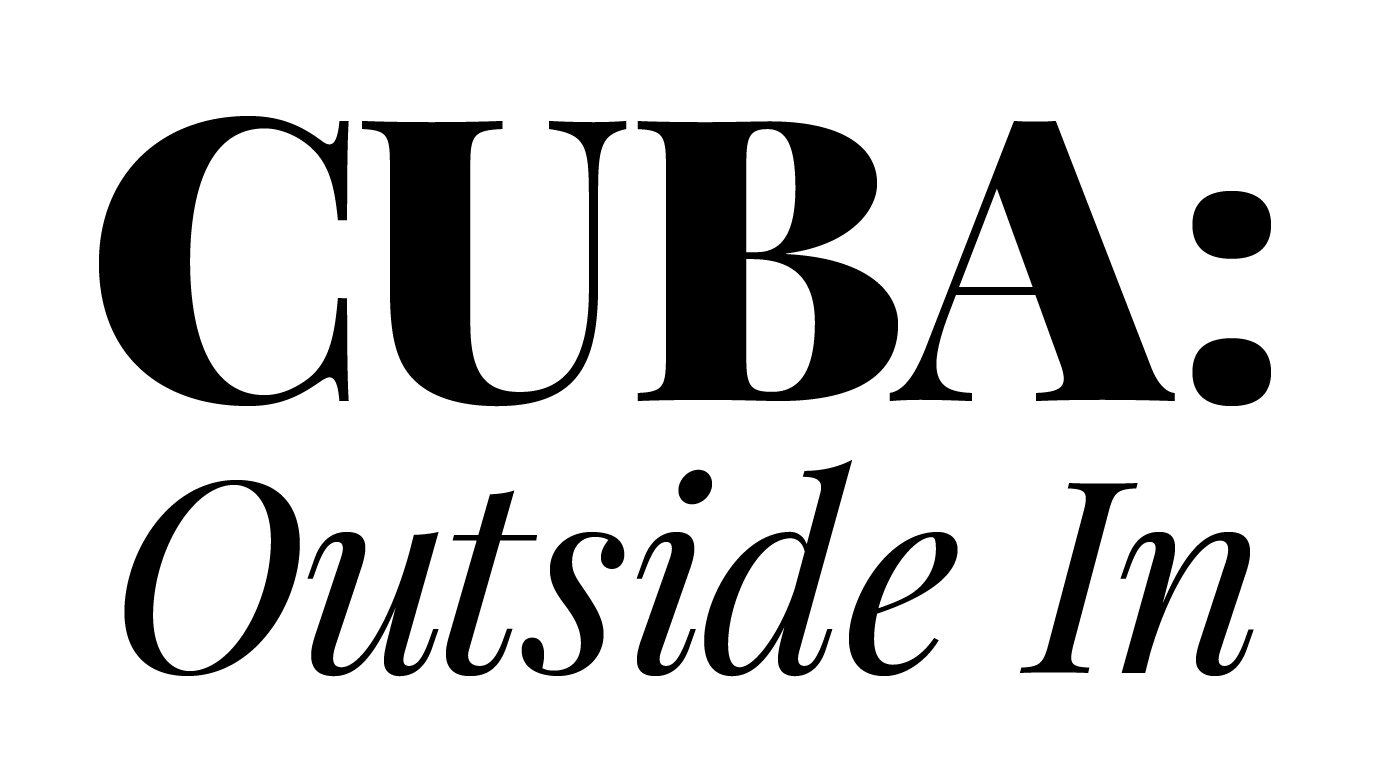
A city of contradictions. A place where everyone drives too fast, but waits three hours for dinner at a restaurant. A place filled with hustlers, who wouldn’t cheat you out of a penny.
It is a city of night owls. The locals eat dinner no earlier than 10 p.m. but wake at dawn for a two-hour commute to work.
Havana is filthy and gorgeous, spacious and cluttered, wild and yet obviously constrained.
It is a place that forces you to go with the flow and trust your instincts. That goes for anything from crossing the bustling avenues to connecting with the friendly strangers. An unexpected turn down any street in Havana is a guaranteed adventure for a photography enthusiast. (which we experienced a lot).
The elderly hang outside on stoops and balconies to escape the heat inside small homes. Young men engage in fiery games of baseball and soccer, while little girls braid each others’ hair and dance in the street. Bright rows of 1950s-era American cars are manned by hoards of drivers who zealously offer to taxi you anywhere in the city. Dozens of street dogs look at you like they know your business. A guitar soloist serenades no one in particular along the city’s ocean wall and drive known as the Malecon, even as spectacular waves wash over the sides, drawing tourists to snap photos and local kids to dance in puddles. These are the moments that make Cuba, Cuba.
Everything ages gracefully in the city of Havana. The faded pastel buildings, most of which are in shambles, still radiate a haunting beauty. Everything old shines with the hope of being new once more. It is a city praying for change but holding on tight to tradition.
We engaged the contradictory city as best we could, touching only the surface of the culture and lifestyle in ten days. Our studies included daily independent and group immersions. Our group took part in everything from touristy museum visits to local boxing matches and meeting some of the scientists helping to protect a vulnerable island from climate change. A group of curious, and at times straight up nosy communications students, took on the challenge to observe a country that has been off limits to America for decades. Here are our observations and experiences with a vibrant people and place.
Here is Cuba, Outside In.
About the Project
Over a period of 10 days in May 2017, 24 people from the University of Florida College of Journalism and Communications traveled to Cuba to engage in a multimedia storytelling project. The brainchild of CJC staff members Ryan Jones (BS ’14) and Alyson Landry (BS ’11), the trip was a proof of concept for the College to increase investment in short duration, immersive, multimedia storytelling experiences abroad. Students received 3 credits of course work and had 10 days in country, plus five post-production days back in the U.S. to identify, collect assets and execute their storytelling projects. The College engaged alumnus Joe Newman (BS ’89) who leads photography excursions in country, to assist in logistics on the ground. » See the Team
About the College of Journalism and Communications
The University of Florida College of Journalism and Communications is driving innovation and engagement across the disciplines of advertising, journalism, public relations and telecommunication. The strength of its programs, faculty, students and alumni — in research and in practice — has earned the college ongoing recognition as one of the best in the nation among its peers. The college offers bachelor’s, master’s and doctoral degrees and certificates, both online and on campus. The college’s strength is drawn from both academic rigor and experiential learning. CJC students have the opportunity to gain practical experience in the Innovation News Center, which generates content across multiple platforms, and a strategic communication agency with expertise in targeting messages to millennial audiences. The college includes seven broadcast and digital media properties and the nation’s only chair in public interest communications.
